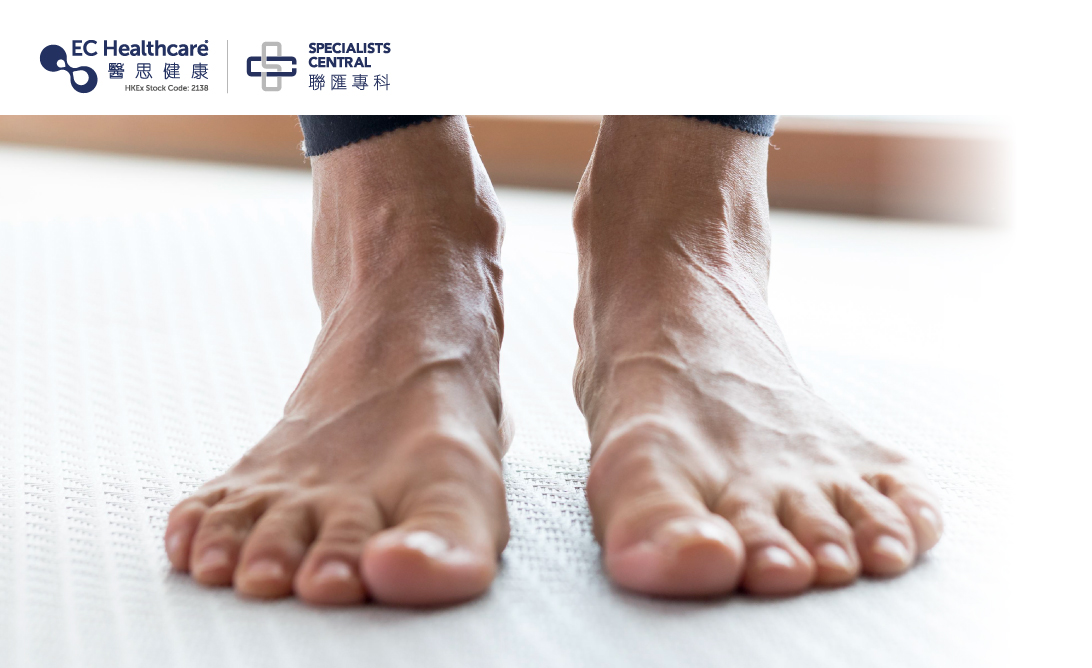Does Crossing Your Legs Lead to Uneven Leg Lengths?


You might have heard that crossing your legs is a posture faux pas, but it's also a widespread habit, especially for office workers who sit for hours on end. Many find it cosy or even sophisticated, while women in skirts may cross their legs to maintain modesty. It's easy to see why so many people instinctively cross their legs whenever they take a seat.
But beware—making a habit of perching your legs can have some unintended consequences. From leg length discrepancies to scoliosis and posterior pelvic tilting, routinely crossing your legs can spell trouble for your spine. When you cross your legs, your body might subconsciously tilt to keep its balance, causing your pelvis to become lopsided, with one side higher than the other. This imbalance can eventually cause pelvic rotation, throwing off the centre of gravity between your upper and lower body, and resulting in a functional leg-length discrepancy over time.
The pitfalls of uneven leg lengths
When you habitually cross your legs, it can create a leg length discrepancy that causes not only a visible difference in leg length but can also wreak havoc on your spine. This imbalance can lead to scoliosis, herniated discs, and posterior pelvic tilting, which can cause lower back pain, reduce your balance, and even make you more susceptible to sports injuries like sprains. In severe cases, it can even cause joint problems and weakness in one limb. That's why it's essential to be mindful of your sitting posture in everyday life to avoid these serious consequences.
Individuals at risk
The following individuals are at high risk and should pay extra attention to their habits:
1.A long-time sitter.
2. Those with weak core muscles.
3.A habitual leg crosser.
4. Those who don't engage in regular physical activity.
5. Those who don't stretch regularly.
6.A scoliosis sufferer.
Improving leg length discrepancy
Here are some ways to improve leg length discrepancy:
1.Avoid crossing your legs. When sitting, keep your feet flat on the ground, with your knees and hips at 90-degree angles, and try to maintain a stable, balanced posture to avoid crossing your legs.
2.Stretch regularly. Stretch your muscles, especially your hamstrings, quadratus, latissimus dorsi, and hip flexors, to prevent muscle tension and leg length discrepancy.
3.Take breaks. Stand up and move around every 30 minutes if you sit for extended periods of time.
4.Seek medical attention if your condition does not improve.
By following these tips, you can reduce the likelihood of developing leg length discrepancy and promote better spinal health.






